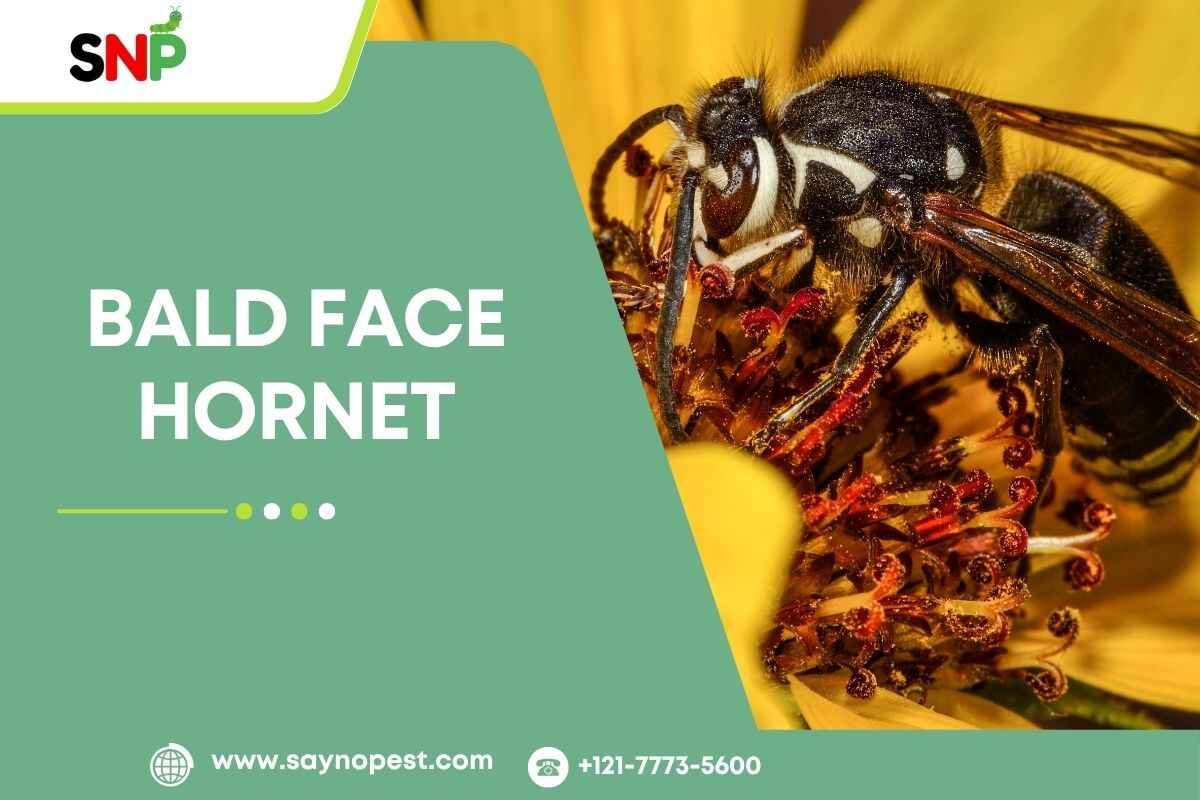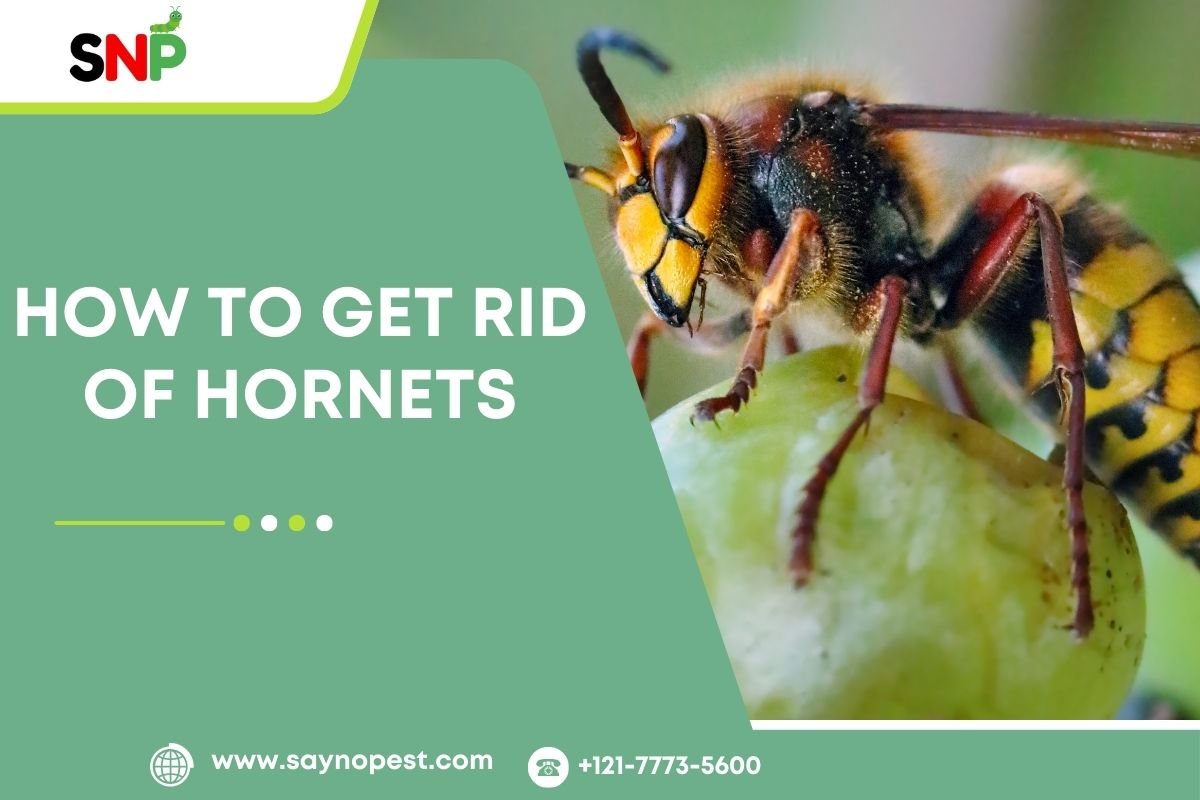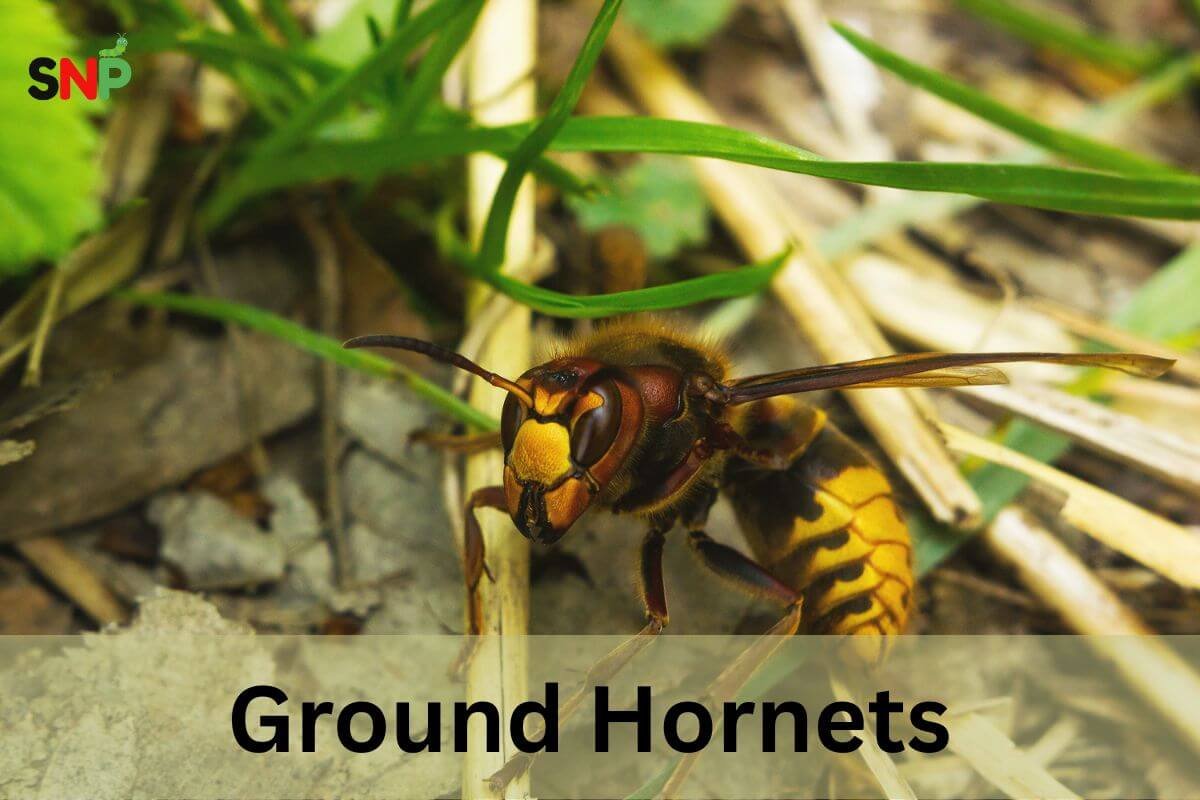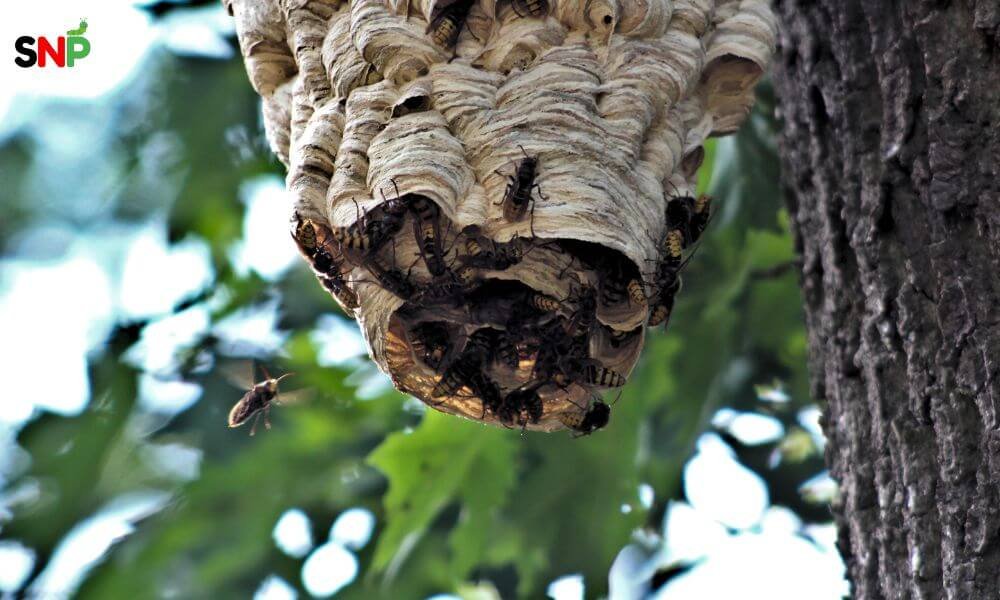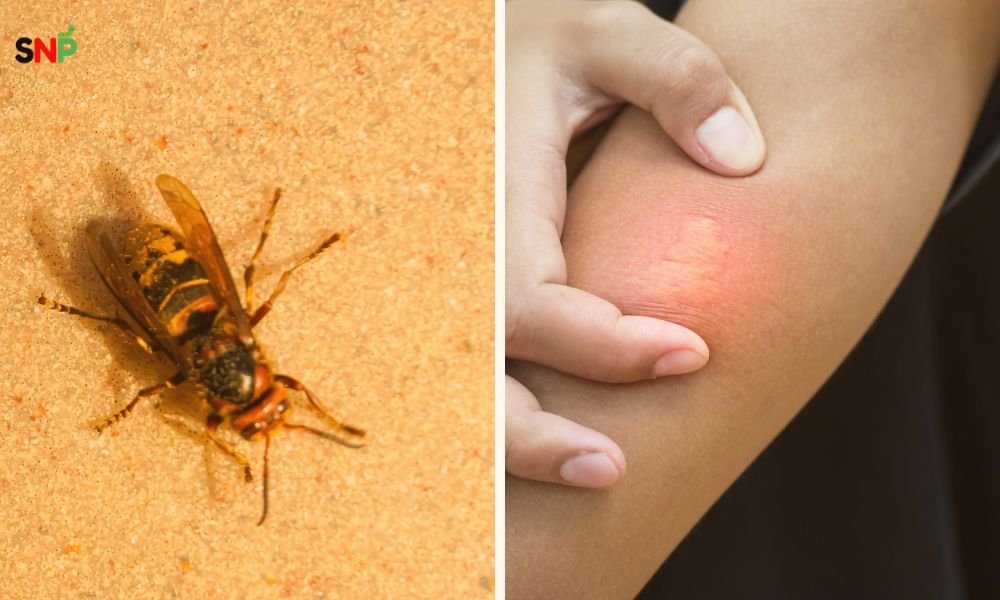You most likely encountered the bald-faced hornet if you have ever seen a large football-shaped nest hanging from a tree or the eaves of the house. These insects are certainly the ones that have been notorious with their black and white coloration and the fear of their appearance, but they are still fascinating by their nature and, to some extent, intimidating. Knowing the bald face hornet, their nests, and the danger that they can pose is necessary for anyone who lives in the United States or loves to be outdoors.
What Is a Bald Face Hornet?
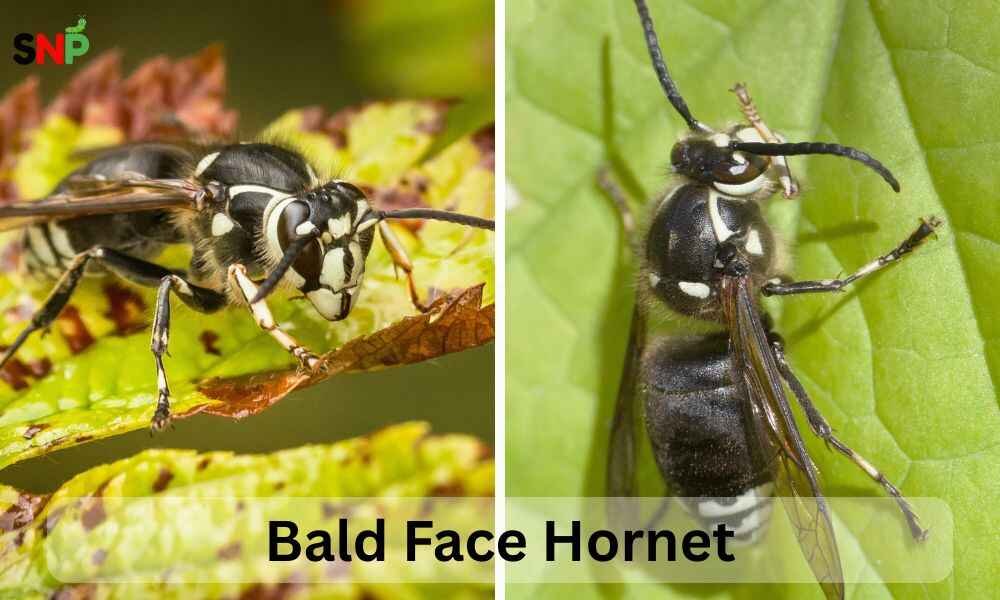
To tell the truth, the bald face hornet is not a real hornet, but a large, black-and-white wasp that belongs to the yellowjacket family of the black and white species. Their moniker is derive from the features of the dark spots on their face and body that make them very easy to recognize. Most of the adult workers have a length of ½ to ¾ inch, while the queens are a bit bigger. These insects are highly social and, by late summer, a typical colony can have up to 400 members.
The Bald Faced Hornet Nest: Nature’s Paper Fortress
One most notable things about the bald-faced hornet is its nest. The bald faced hornet nest is an ingenious structure—football-shape, gray, and composed of a papery substance from chewed toilet paper pulp mixed with water and beeswax. Such nests are usually located on tree branches, under eaves, or on utility poles, sometimes as high up as 60 feet in the air.
The bald faced hornet nest of a single hive can become the main home of hundreds throughout the season as it can reach sizes over two feet long and over one foot wide. In the core of the structure, the nest is design like a beehive, being compose of multiple layers of hexagonal cells, in which the queen lays eggs and the workers tend to the young. The season that comes to its end is when the population of the colony reaches its top, and only new queens are the ones that make it through the winter to continue in spring the new one they have started together.
The Sting: What to Expect from a Bald Faced Hornet
The bald face hornet is a legend for its aggressive behavior that is exhibit in defending its nests. A foolhardy person who decides to go to the nest of the hornets just to stung can certainly face their wrath. Blad Face hornet can sting many times in one interval; they are different from the honey bee. The sting of a bald face hornet is painful, and the area affected will swell, be red and itchy, and this may last as long as a day. Many times, pain remains the same at the affected area. Although there are many people who are allergic to the sting, this could be a serious problem for them.
Are Bald Faced Hornets Dangerous?
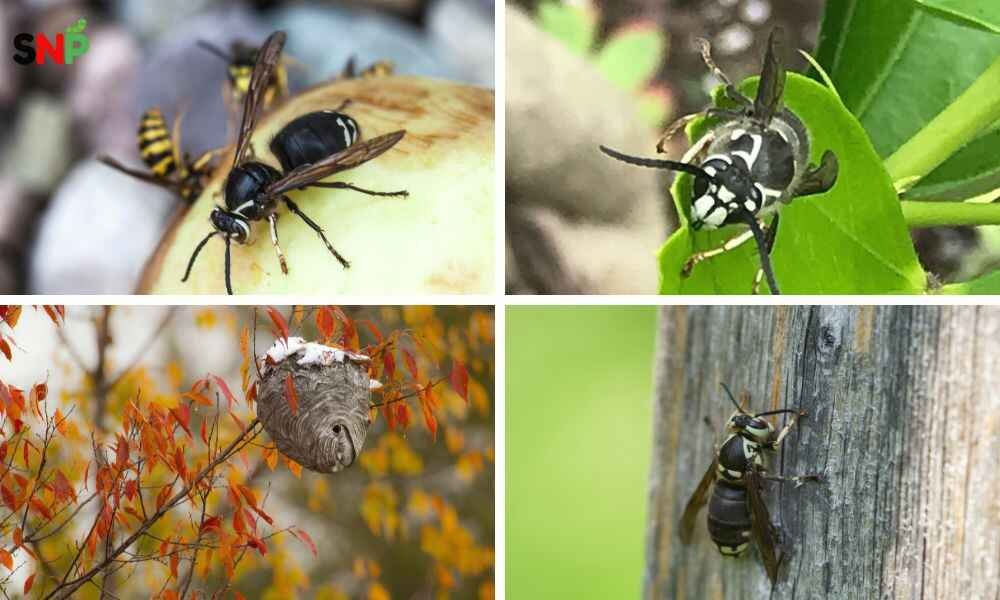
So, are bald faced hornets dangerous? It is so, especially when their nest is disturb or they are in a place where there is a lot of human activity. The bald faced hornet is the most active and possessive of its race, and it will fiercely protect its territory. The majority of the stings occur when an individual is near a hornet nest and remains unaware of its presence.
Conversely, when they are away from their nest, these hornets are not normally pests and may even put to beneficial uses. The key mission of these creatures is to ensure the pest insects and other animals are keep at very minimal levels and to carry on with their mission of pollination late in the summer. Nevertheless, the danger of a painful sting of the hornet and the possible danger of acquiring allergic symptoms is enough to be on the safe side and to eliminate the nests around houses, playgrounds, or tracks.
Finding a hornet nest on your premises is the most suitable situation that should prompt you to contact a pest control professional. A professional is more qualify and prepare to handle such a situation far better than you; moreover, trying to get rid of the nest yourself, you can get stung severely and, therefore, in more danger because the hornets will not stop attacking you.
Conclusion
Bald face hornet is a very conspicuous and significant insect in the American landscape. They are greatly helpful by their grand nests and by keeping the population of pests under control. Nevertheless, even though they are generally harmless, the sting of a bald face hornet, particularly in and around areas of human activity, should be enough to treat them with a modicum of respect and caution.
In case you are asking, are bald faced hornets dangerous? The question is answer clearly; they can be, mainly when something upset the nest. To be on the safety and free of worry, it is best that you call a professional if you must eliminate a bald faced hornet nest. With a little knowledge and respect for these incredible insects, you can share the space safely and still enjoy the outdoors.
